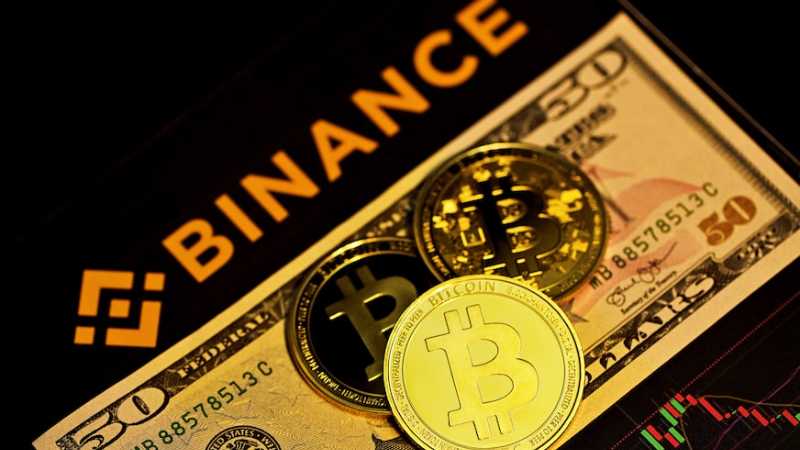Binance’s market share plummet 25% amid increased regulatory pressure

Binance’s market share has plummeted by 25 percent in the past three months due to increased regulatory scrutiny in the United States.
While in February, the world’s largest crypto exchange recorded 57.5 percent of the average crypto trade monthly volume, it has now shrunk to 43 percent, as reported by the Financial Times.
A tough time
The report came amid a tough time for Binance. Earlier in February, USD coin issuer Circle accused Binance of not having enough crypto in its reserve, resulting in discrepancies between blockchain data and the number of tokens it had issued.
The development led to the New York State Department of Financial Services (DFS) ordering blockchain infrastructure platform Paxos to stop minting Binance USD (BUSD) stablecoins.
“DFS has ordered Paxos to cease minting Paxos-issued BUSD as a result of several unresolved issues related to Paxos’ oversight of its relationship with Binance in regard to Paxos-issued BUSD,” a statement read.
An NYDFS spokesperson told Bloomberg that it had deemed Paxos unable to operate BUSD securely as it had “failed to address key deficiencies.”
Then, Paxos announced on February 13 that it had decided to stop issuing BUSD. Per February 21, Paxes no longer issues the coin. However, Paxos will still allow customers to redeem their funds in USD or convert BUSD to Pax Dollar (USDP).
Binance vs. CFTC
The Paxos saga was just a part of a series of unfortunate events for Binance. Later in March, the U.S. Commodity Futures Trading Commission (CFTC) sued the crypto exchange and its founder Changpeng Zhao over its alleged offerings of unregistered crypto derivative products.
The CFTC claimed that Binance offered derivative trading options for commodities in the form of crypto assets such as Bitcoin, Ether, Litecoin, Tether, and Binance USD. The CFTC’s lawsuit came following an investigation that began in 2021, with several other allegations following, including failing to enforce identity verification and advising customers on how to bypass compliance controls.
In response, Zhao protested against his company’s portrayal in the allegations, calling it “unexpected and disappointing.”
Other exchanges see an increase in market share
As Binance’s market share plummeted, other exchanges saw their share increase. According to data from Kaiko, the market share of Huobi increased by eight percent, while OKX had a four percent increase. Meanwhile, South Korean exchanges saw an eight to 14 percent increase in their market share.
In light of a declining market share, Binance allegedly planned to cut its workforce of 8,000-personnel by 20 percent, a rumor that has been denied by chief communications officer Patrick Hillmann. Rather, Binance was reevaluating its staff, ensuring it “has the right talent and expertise in critical roles.” Binance maintained that its next steps would “focus on talent density,” something different from “rightsizing.”
“Binance is not cutting 20% of employees as a cost-cutting measure,” Hillmann said on Twitter. “@binance experienced exponential growth these past five years — and grew its staff accordingly. This was a historic operational challenge to overcome.”
Hilmann explained that a regular “talent density audit and resource allocation exercise” are conducted every six months in the company, insisting that it is “a cyclical process.”
“Like previous exercises, this will be done after several teams (including HR, Risk, and Operations) finalize that talent density audit. There is no specific number, just direction on where we need to streamline. This has frankly been part of Binance’s secret sauce,” he said.









